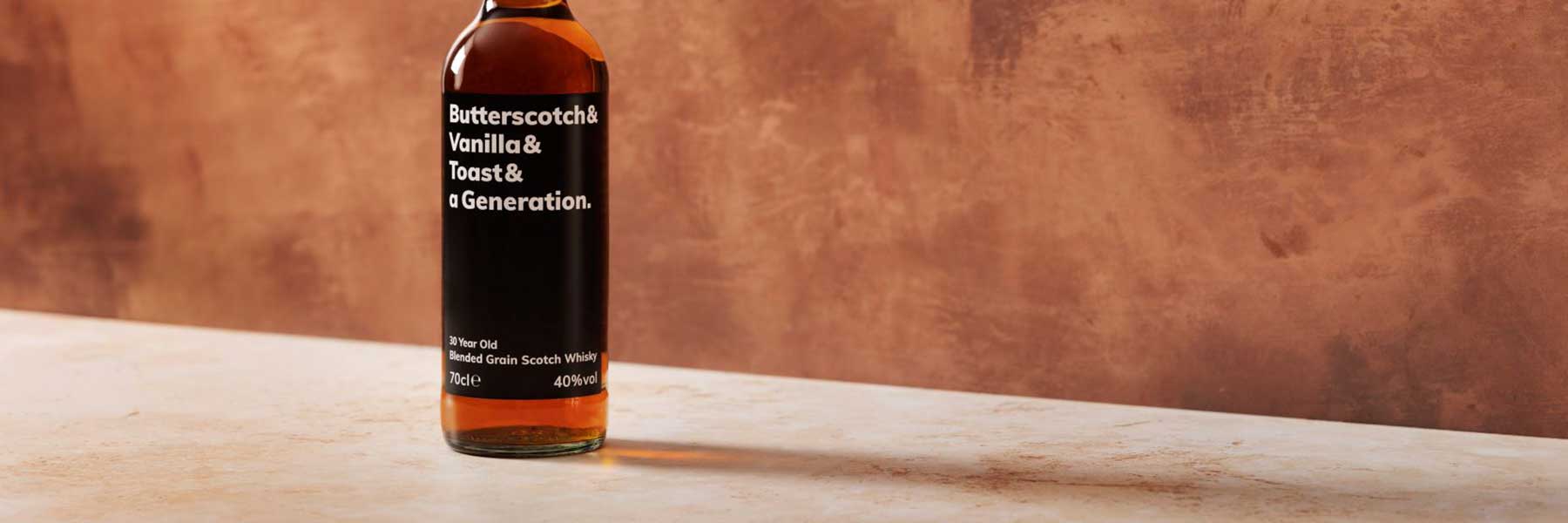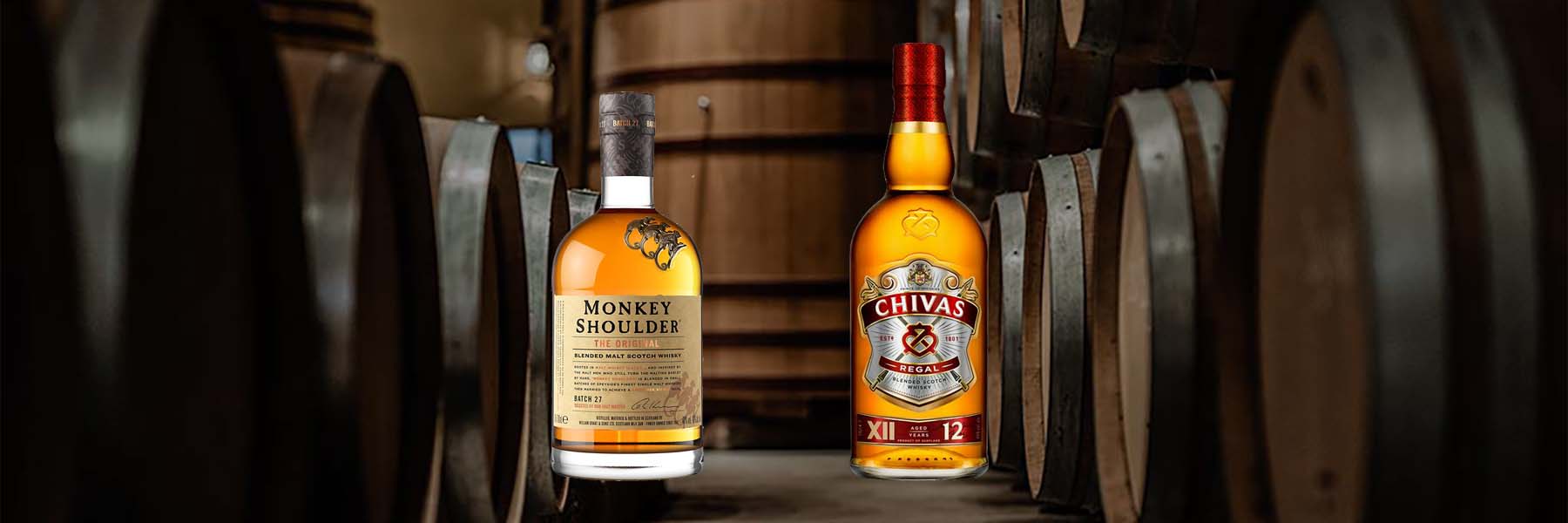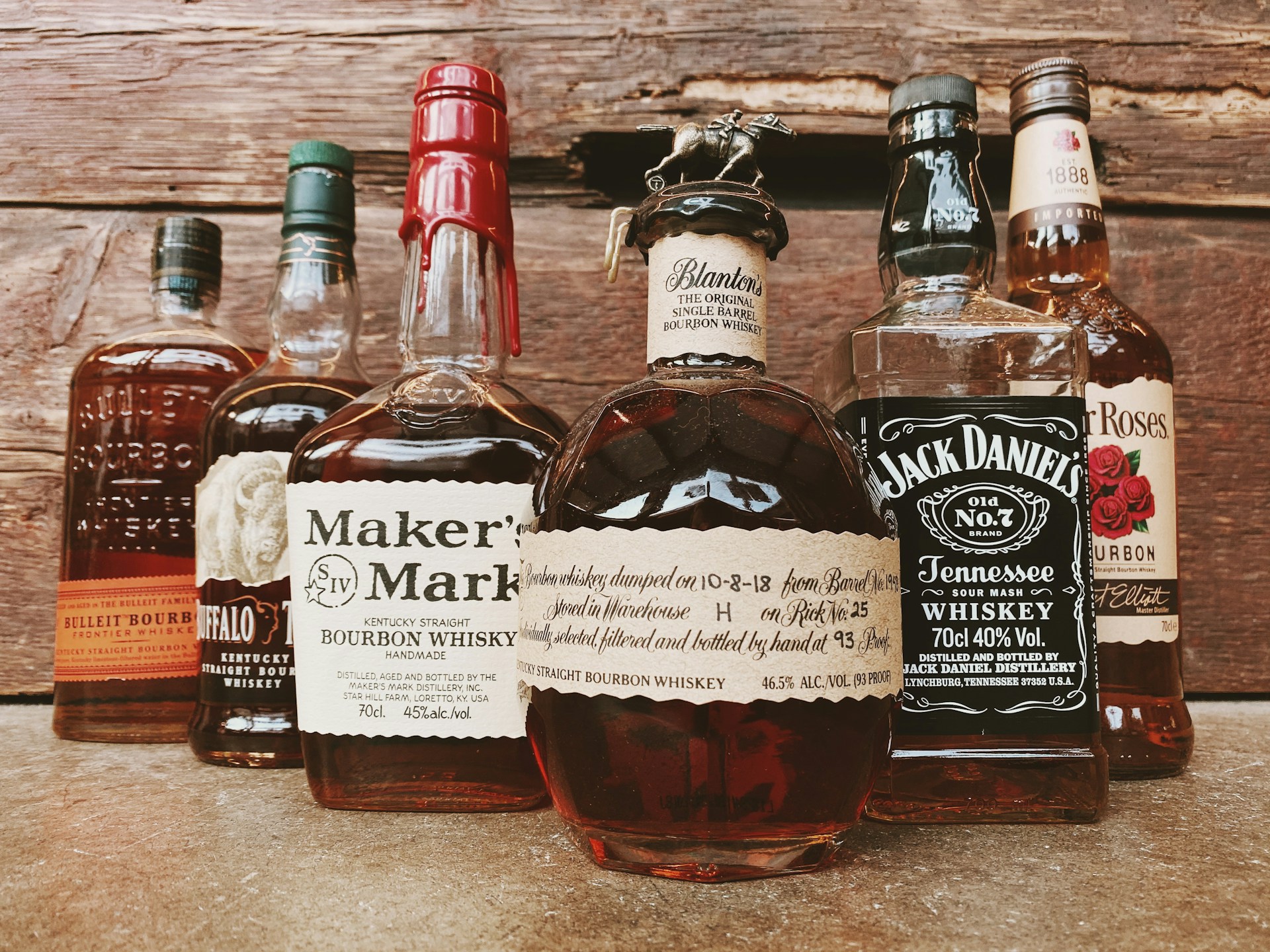What is blended grain Scotch whisky?
A less common type of whisky made using a blend of only grain whiskies made by multiple Scottish distilleries – excluding any single malts. The grain whiskies within the blend must be distilled in Scotland and be primarily made from a cereal grain or mixture of cereal grains including rye, wheat, maize, oats, millet or un-malted barley. These are typically column distilled and must be aged for a minimum of three years in wooden casks prior to blending. The minimum required strength for blended malt Scotch whisky is 40% ABV.
Becuase blended grain whiskies omit single malts, this is their key difference to the most common type of blended whisky; blended Scotch.
By blending only grain whiskies together, there are some fascinating and somewhat unusual whiskies out there for you to try. So, let’s take a closer look.
What is blended grain Scotch whisky? How is it made? And how does it differ from the other types of Scotch whisky?
Let’s dive in.
What defines a blended grain Scotch whisky?
- Blended = whisky from more than one distillery
- Grain = whisky made from cereal grain/s excluding malted barley
- Scotch = the whisky was made in Scotland
- Whisky = It was aged for a minimum of 3 years in wooden casks
What’s the difference between a blended grain and a blended malt?
Blended grain Scotch contains only grain whiskies from two or more Scottish distilleries. Blended malt Scotch contains only single malt whiskies from two or more Scottish distilleries.
What’s the difference between blended grain and a single malt Scotch?
Blended grain Scotch contains only grain whiskies from two or more Scottish distilleries. Single malt Scotch is made by a single distillery using 100% malted barley.
So what’s blended Scotch then?
Blended Scotch contains both grain whiskies and single malts in varying proportions. This is the predominant purpose of grain whiskies – their sweet, light flavours act as a ‘filler’ when mixed with more potent single malts. Accounting for more than 90% of total industry output, blended Scotch is the most common type of Scottish whisky.
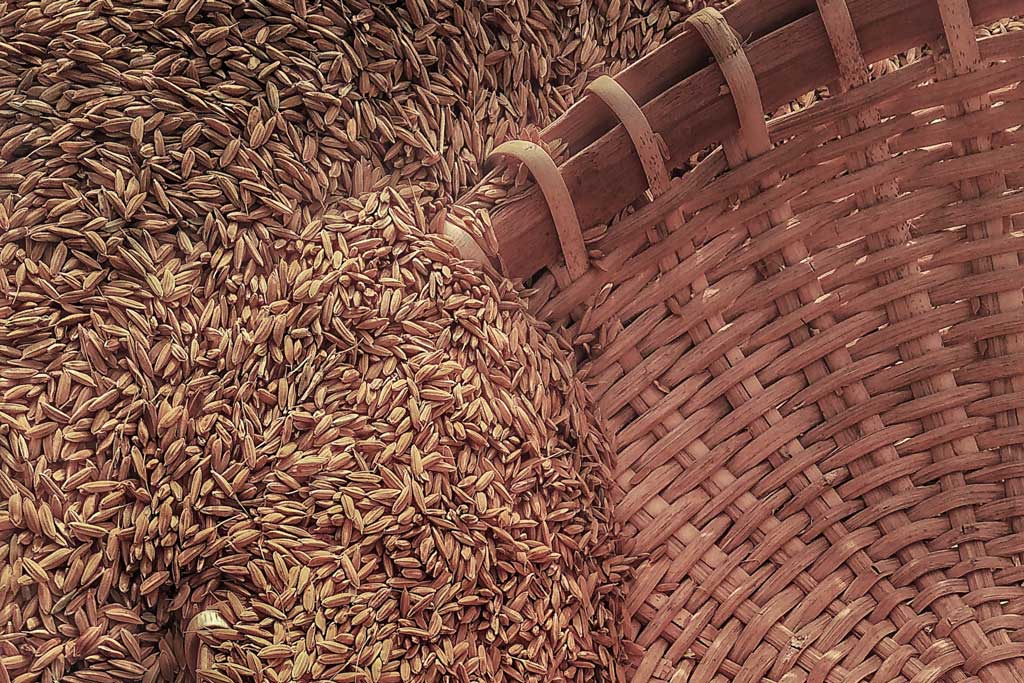
How is blended grain whisky made?
Blended grain whiskies comprise of multiple grain whiskies. Individually, these whiskies can be made from various cereal grains such as wheat, rye, oats, maize, millet or un-malted barley. Typically, at least two grains are used to make just one grain whisky. This can then be combined with other grain whiskies to make the final blend.
To make the alcohol, cereal grain/s must first be cooked with hot water to help extract their natural starches. They’re then mixed with a small proportion of malted barley (around 10-20%) which acts as a catalyst during fermentation. This is where yeast is added which feeds on the starches and sugars over 2-4 days to create a low alcohol beer called wash.
To separate the alcohol from the (mostly water-based) wash, it’s transferred to a highly efficient column still used to make neutral grain spirit. This cost-effective method of distillation can be operated continuously with very little manual labour. Unlike pot stills which operate on a batch-basis, column stills produces incredibly strong ‘rectified spirit’ with very light, sweet flavours and high ABV percentages up to 95%.
Becuase columns stills are much cheaper to operate than traditional pot stills, this is one of the main reasons why grain whiskies are less costly to produce and sell.
To become ‘whisky’, the neutral grain spirit must then be aged for a minimum of three years inside wooden casks. During this maturation period, the spirit makes contact with the barrel’s interior wooden staves gaining its colour and further flavour complexity.
The ageing phase is where grain whiskies have another advantage of single malts as they can generally be aged for less time. This is becuase grain whiskies can reach maturity more quickly, thus reducing warehousing times resulting in faster overall production. Single malts tend to require lengthier maturation to maximise their flavour potential. This is why they’re generally more expensive than grain whiskies.

Are blended grain whiskies any good?
Blended grain Scotch can be a fantastic way to experience the flavours of other cereal grains mixed together. Devoid of any malted barley, they typically offer a softer, gentler experience compared to single malts. If you’re new to whisky, blended grain or single grain whisky highlights the more delicate flavours that are often less detectable within in a broader blend.
Despite what you may have heard, single malts are no ‘better’ than grain whiskies. If you already enjoy blended Scotch, blended grain whiskies are a less common niche-category that exemplifies the softer, lighter characteristics of grains such as rye, wheat or maize.
Similarly, if you already like bourbon, American or Irish whiskey, you’ll likely enjoy the flavour of blended grain Scotch too. With a vastly reduced malted barley content, you get the chance to taste the less boisterous grains and their intricate flavours.
For some inspiration, here’s a shortlist of some of our favourite blended grain Scotch whiskies for you to try.
4 best blended grain whiskies
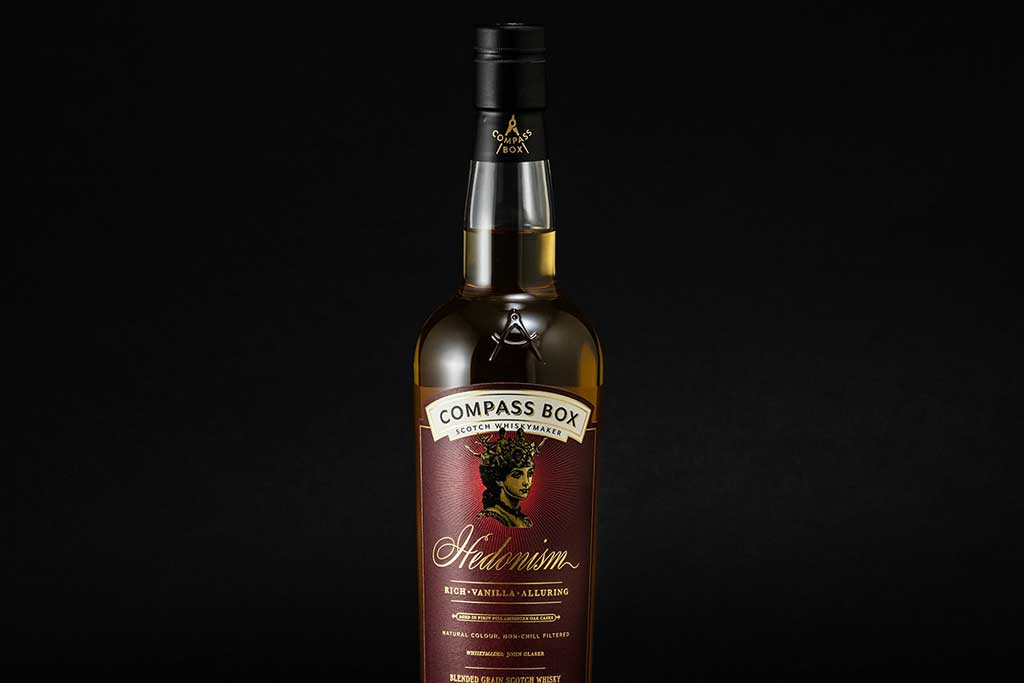
Compass Box Hedonism
This list wouldn’t be complete without the first ever blended grain Scotch whisky. Released in 2000, Compass Box Hedonism is matured in American Oak Barrels for a smooth and silky dram that is sure to delight the senses. On the nose, it reveals ripe fruit aromas such as fraises des bois, red peppers and sponge cake. On the palate, it has a smooth and creamy texture with hints of black cherry, sweet spices and cereal notes. The finish is warm and spiced with toasty oak, milk chocolate and a lingering sweetness. Get a bottle of Compass Box Hedonism today for an unforgettable whisky experience.
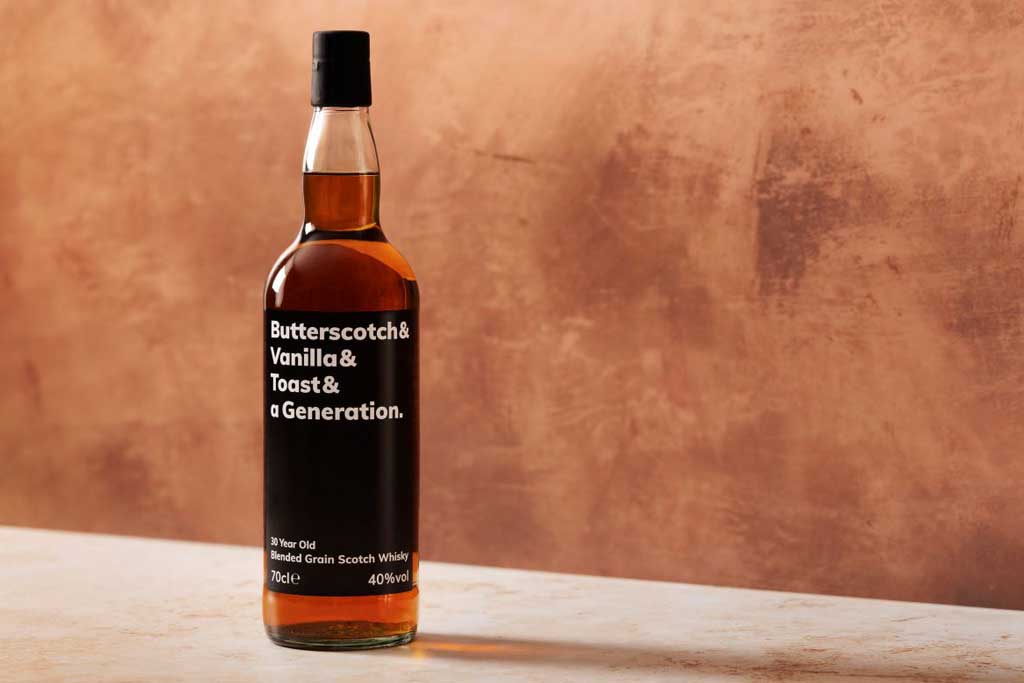
Butterscotch & Vanilla & Toast & A Generation
A 30 year old expression from a collection of undisclosed distilleries. Made from a blend of several cereal grains, the nose reveals sweet honeycomb aromas, balanced with hints of summery red grapes and rich butter. The palate is thick and creamy with an abundance of butterscotch sweetness, freshly baked cookies filled with chocolate chunks and fiery pepper notes. A rather curious but incredibly tasty blended grain whisky, this mature bottling is certainly worth trying.
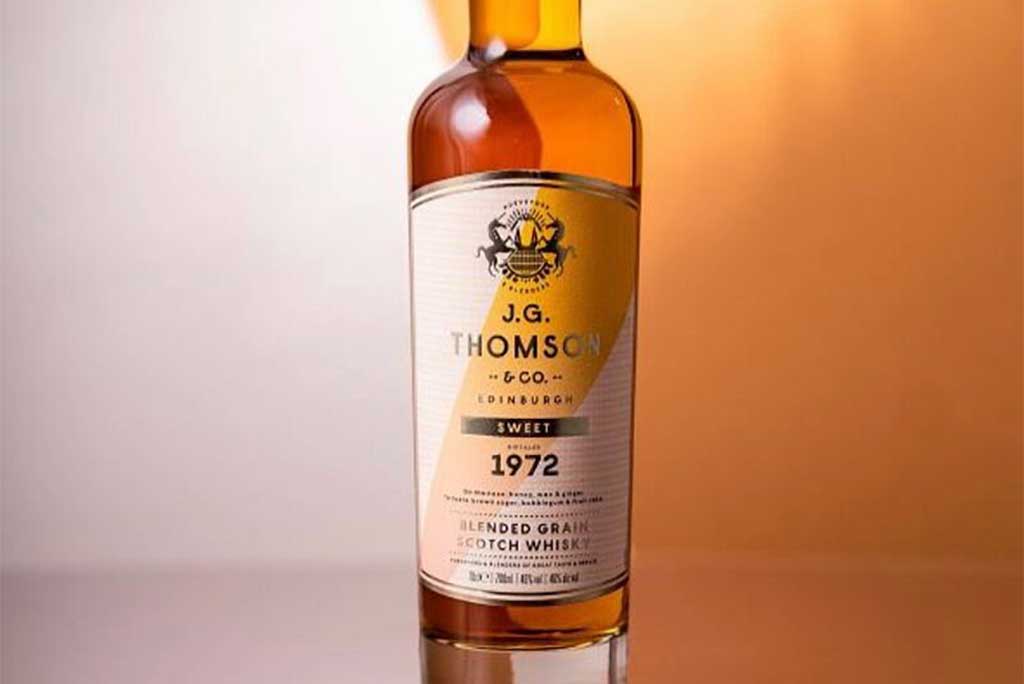
J.G. Thomson Blended Grain 1972
A well-aged blended grain Scotch, this whisky is crafted from the finest quality grains, aged in ex-bourbon barrels and finished in sherry casks. On the nose, it offers up scents of sweet vanilla pod, orange peels, malt loaf, and brown sugar. The palate reveals flavours of hazelnut spread and brioche, buttery shortbread and a sprinkle of cinnamon. Harking bac to the style of old grain whiskies, this is a quintessential blend that packs warmth and sweetness in a bottle that represents the best of grain whiskies combined.
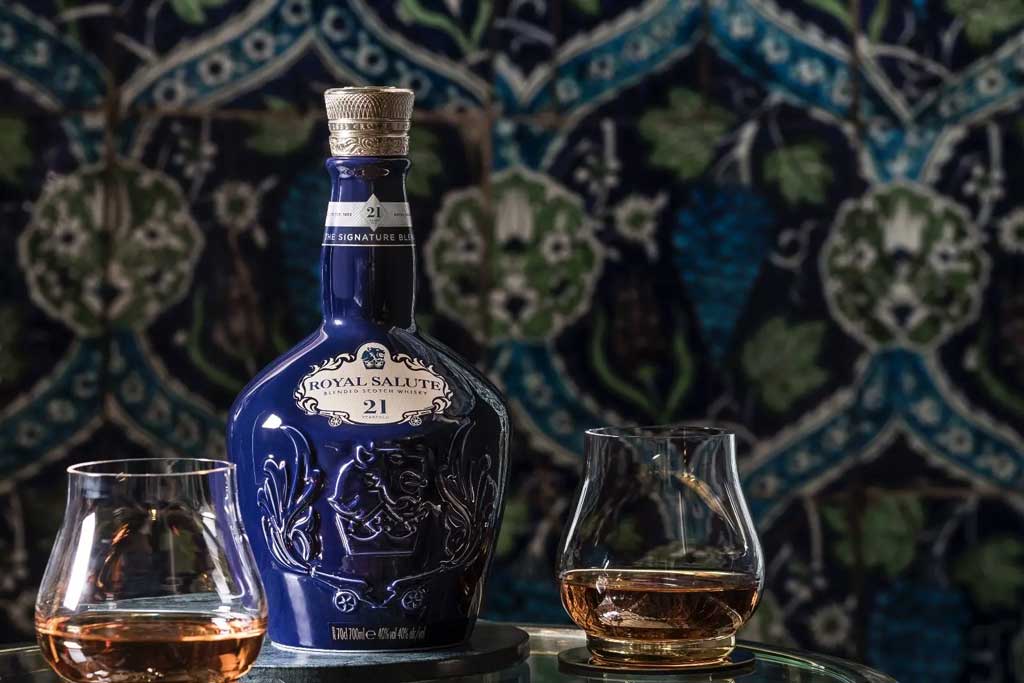
Royal Salute 21 Year Old Signature Blend
This blended grain Scotch whisky is married from a mix of grain whiskies aged for a minimum of 21 years. This ageing honours the tradition of the 21 gun salute for celebratory British monarchy occasions. On the nose, this wonderful whisky has an intense symphony of sweet and fruity fragrances. The palate boasts decadent sweetness of ripe oranges, marrying seamlessly with the freshness of pears. In the background, there’s an impressive rendition of spices and the earthy nuttiness of hazelnuts which enthral your taste buds. A truly classy blended grain whisky which pays homage to the coronation of the late Queen Elizabeth II.
What are the 5 types of Scotch whisky?
- Single malt Scotch whisky
- Single grain Scotch whisky
- Blended malt Scotch whisky
- Blended grain Scotch whisky (this article)
- Blended Scotch whisky
If you’re curious to know more about Irish and Scottish whisky, you should head over to our handy comparison blog here. Hopefully you found this article helpful.
Thanks for stopping by.


